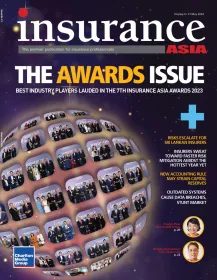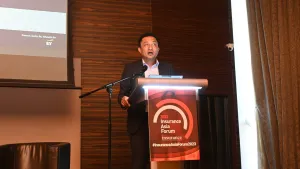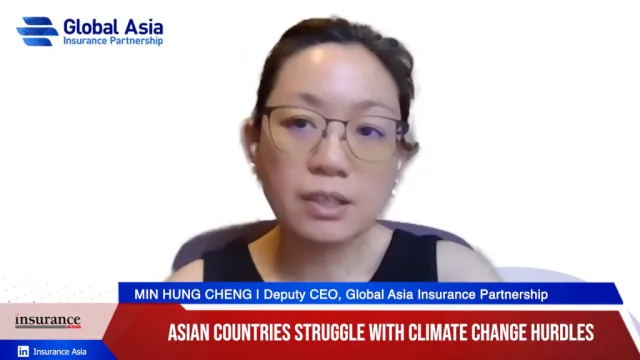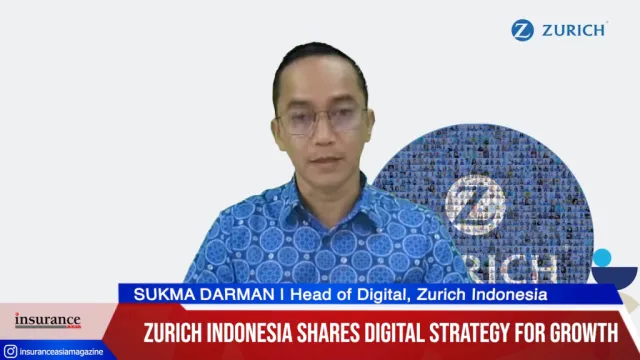
CDP urges insurers and other FIs to integrate system-wide transformation for nature-related risks
Insurers have incorporated climate change risk and opportunity in their portfolios more than water or forest-related.
Over half of the financial opportunities, including insurance offerings, presented by financial institutions (FI) are linked to sustainable supply chains for forest-related risks, water security, and resilience, according to the non-profit CDP.
Among the insurers that shared information via CDP, just one revealed a policy related to forests, and none provided any details regarding water-related matters.
However, in the context of climate change, 70% of the insurers who responded have integrated such considerations into their insurance underwriting policies.
The report by CDP, Nature in Green Finance, examines the financial institutions' readiness to enhance their climate reporting by incorporating comprehensive climate and nature disclosures, as nature-related disclosures become a standard practice in the corporate world.
It looks into the current environmental reporting by financial institutions, focusing on climate change, forests, and water security.
In 2022, 556 financial institutions disclosed environmental data via CDP's climate change questionnaire, a 67% increase from 2020.
The findings are categorised based on Task Force on Climate-related Financial Disclosures (TCFD) and Taskforce on Nature-related Financial Disclosures (TNFD) principles: Governance, Risk and Opportunities, Strategy and Implementation, and Metrics and Targets.
It highlights the urgency for financial institutions to integrate nature-related risks into their decision-making, as they have with climate change.
More than 75% of the FIs included are publicly listed entities, which include banks, asset managers or owners, and insurers – accumulating over $8t in market capitalisation.
One of the risks indicated in the report that insurers faced is the rising claims followed by a climb in natural calamities, which pose a threat to physical transition and liability risks.
The report also revealed that insurers are more likely to assess their portfolios' exposure to climate change, rather than forest or water-related risks and opportunities.
ALSO READ: Philippine reinsurance costs to hike from climate change impact
Among the FIs, 11 revealed an average exposure of $325m each to potential deforestation risks.
These risks encompass heightened insurance claim liabilities and elevated operating expenses for their portfolio companies. Another prevalent worry involves diminished demand and/or profitability of their offerings due to reputation harm linked to deforestation.
In total, FIs have reported combined opportunities valued at $5.35t across climate change, forests, and water. Over 50% of these opportunities tied to forests and water are directly linked to developing financial products and solutions that bolster sustainable supply chains for forest risk commodities, water security, and resilience.
This involves initiatives like facilitating green and sustainability-linked bonds and loans, along with establishing innovative, customised insurance products to enhance resilience.
Similarly, in the realm of climate change, over 80% of opportunities revolve around generating new products and services.
These opportunities are diverse, spanning multiple sectors and categories, including the creation of innovative environmental products and services.











 Advertise
Advertise












